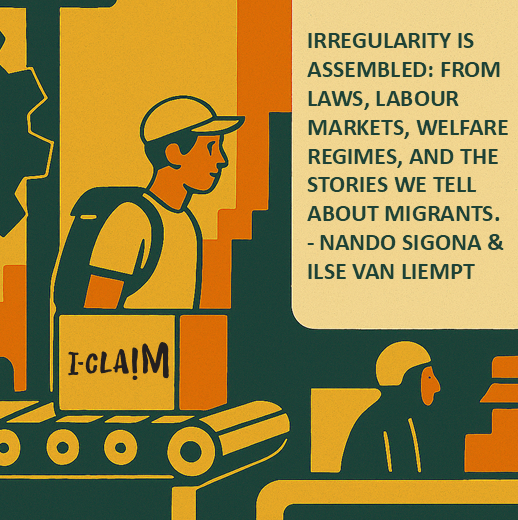New paper unpacks how “irregularity” is made in Europe
Written by Nando Sigona and Ilse van Liempt, The irregularisation of migration and migrants’ irregular condition: an assemblage perspective draws on research across six European countries — Finland, Germany, Italy, the Netherlands, Poland and the United Kingdom — to propose a new way of thinking about migrant ‘irregularity’.
The concept of the irregularity assemblage captures how different elements come together in specific contexts to make some people “irregular”, while keeping others precariously “regular”. From visa sponsorship systems that tie workers to employers, to data-sharing between welfare offices and border authorities, to the moral economies of “deservingness”, the paper shows that irregularity is not a marginal or exceptional condition — it is structurally embedded in how migration is governed.

Recent Comments